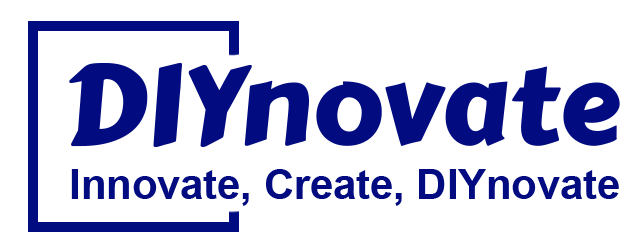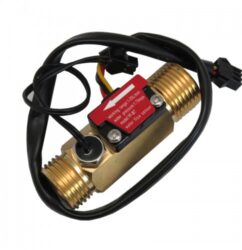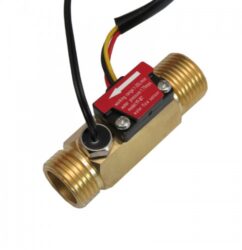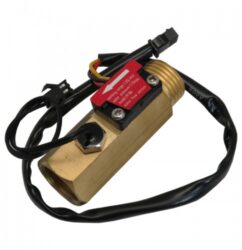- 3D Printer
UPS SERVICE
Shipping & ReturnsSTORES
Find retail locationsFREE SHIPPING
For orders above €100
CUSTOMER CARE
For All Your Questions
- Wireless & IOT
UPS SERVICE
Shipping & ReturnsSTORES
Find retail locationsFREE SHIPPING
For orders above €100
CUSTOMER CARE
For All Your Questions
- Sensors
UPS SERVICE
Shipping & ReturnsSTORES
Find retail locationsFREE SHIPPING
For orders above €100
CUSTOMER CARE
For All Your Questions
- Modules
UPS SERVICE
Shipping & ReturnsSTORES
Find retail locationsFREE SHIPPING
For orders above €100
CUSTOMER CARE
For All Your Questions
- Microcontroller Unit (MCU)
UPS SERVICE
Shipping & ReturnsSTORES
Find retail locationsFREE SHIPPING
For orders above €100
CUSTOMER CARE
For All Your Questions
- Development Boards
UPS SERVICE
Shipping & ReturnsSTORES
Find retail locationsFREE SHIPPING
For orders above €100
CUSTOMER CARE
For All Your Questions
Step 8: Prototyping and Practical Applications
3D Printing for Prototyping: How to Design and Iterate Faster
3D printing has revolutionized product development by allowing designers and engineers to create rapid prototypes quickly and affordably. This step explores how to leverage 3D printing for prototyping, design functional prototypes, and examine real-world applications.
Using 3D Printing in Product Development
Why Use 3D Printing for Prototyping?
- Speed: Traditional manufacturing methods can take weeks, while 3D printing can produce prototypes in hours or days.
- Cost-Effective: Eliminates the need for expensive molds and tooling.
- Design Flexibility: Enables iterative improvements without significant cost increases.
- Customization: Easy to adjust and modify designs for different use cases.
Key Stages of 3D Printing in Product Development
- Conceptualization – Create initial sketches and CAD models.
- Initial Prototyping – Print rough models to test fit and form.
- Refinement – Modify designs based on feedback and reprint.
- Final Testing – Print functional prototypes with production-grade materials.
- Production or Presentation – Use high-quality prints for investor demos or short production runs.
How to Design for Functional Prototypes
Considerations for Effective Prototyping
- Material Selection: Choose the right filament/resin (e.g., PLA for concept models, ABS/NYLON for durability, TPU for flexibility).
- Print Orientation: Optimize part strength and reduce support structures.
- Tolerance & Fit: Account for shrinkage and precision in interlocking parts.
- Post-Processing: Use sanding, painting, or coating for a finished look.
Recommended Software
- CAD Design: Fusion 360, SolidWorks, Tinkercad
- Slicing Software: Cura, PrusaSlicer, Simplify3D
Case Studies and Real-World Applications
Industry Examples
- Automotive Industry
- Car manufacturers use 3D printing for prototype components before full-scale production.
- Example: BMW utilizes 3D printing for testing new designs and custom parts.
- Medical & Healthcare
- Custom prosthetics and medical models allow for patient-specific solutions.
- Example: Surgeons use 3D-printed organ models for pre-surgical planning.
- Consumer Products & Electronics
- Startups and companies print functional casings and enclosures before mass production.
- Example: GoPro prototypes their camera housings using 3D printing before final manufacturing.
- Aerospace & Defense
- Lightweight and strong materials help create complex parts for aircraft and space applications.
- Example: NASA 3D prints parts for satellites and space exploration.
- Education & Research
- Schools and universities use 3D printing for hands-on learning and research projects.
- Example: Engineering students prototype robotics components using FDM printers.
Conclusion
Prototyping with 3D printing enhances creativity, speeds up innovation, and reduces costs in product development. Whether you’re an engineer, entrepreneur, or hobbyist, leveraging 3D printing for functional prototypes allows you to test, refine, and perfect your designs faster than ever before.




